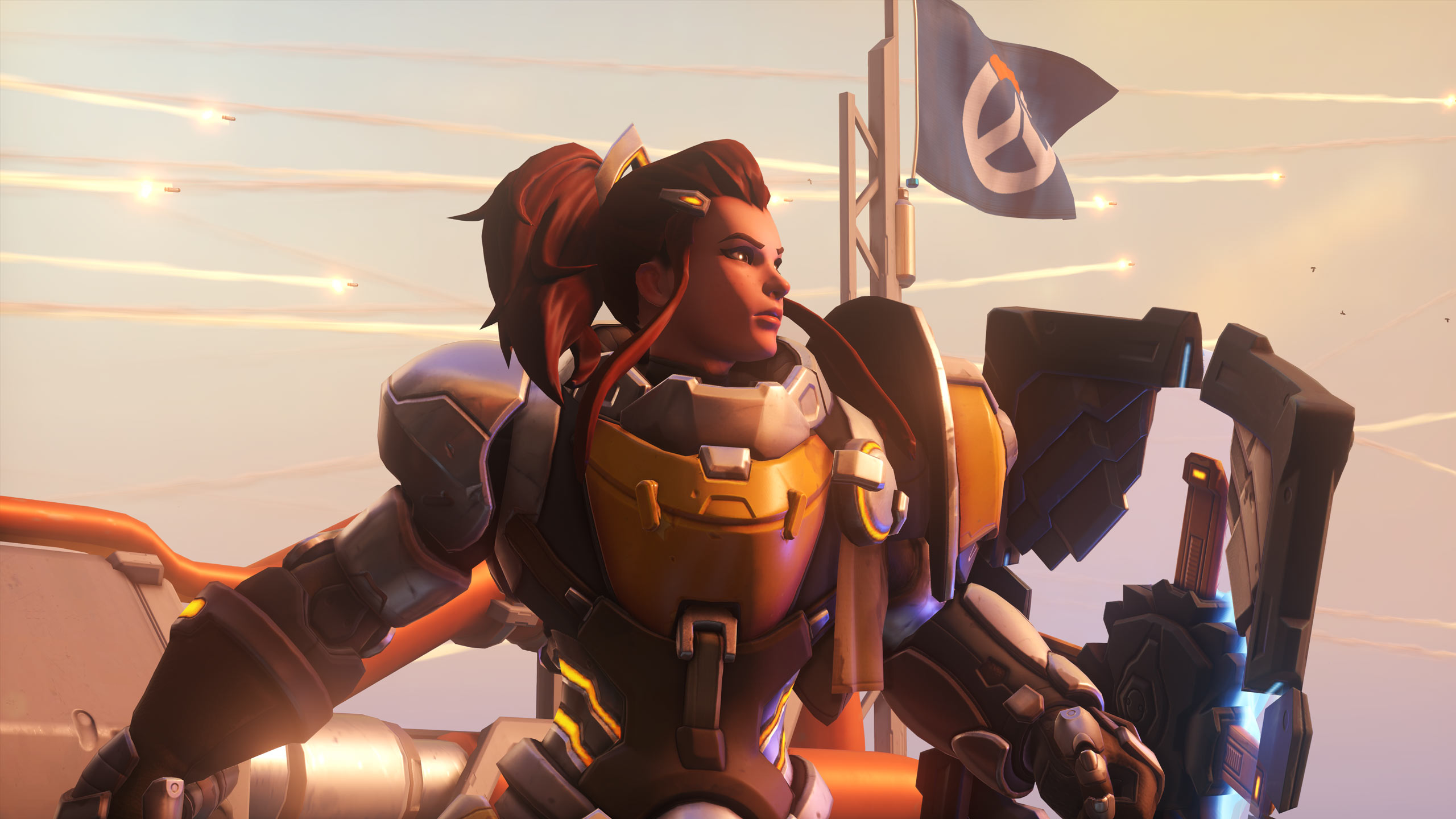Someone Wrote a 71-Page Guide to the Winning ‘Overwatch’ Strategy Players Hate

Credit to Author: Nicole Carpenter| Date: Mon, 13 May 2019 19:55:32 +0000
Overwatch’s metagame, the preferred strategies among players at any given moment, ebbs and flows. Popular team compositions change as developer Blizzard Entertainment adjusts the game’s balance, tweaking the different characters’ power and abilities to make it fun, interesting, and fair. If players discover a certain strategy that is so strong it makes any other way to play the game not viable, Blizzard can pull some levers behind the scenes, push out a patch, perhaps “nerf” a certain ability or character, and force players into new strategies.
But sometimes a meta sticks. Players find a winning strategy that becomes the only “right” way to win, and some fans, especially those who watch Overwatch eSports, get tired of seeing it over and over again. That’s exactly what’s happening—or players think is happening—to Overwatch these days because of a winning strategy called GOATS, which is named after the amateur Overwatch team by the same name that popularized the composition last year.
The general idea is this: pick three support characters who can heal and resupply their teammates, and three tank characters who can take a lot of damage. Overwatch healer Brigitte is the hero that the composition is built around, using her area-of-effect healing and stun abilities to lead her team, like a bulldozer, into the enemy.
It’s not always the most interesting composition to watch. To the average viewer, GOATS looks like two teams smashing into each other over and over and over. But at the professional level, it’s actually quite complex, and even a year after it’s introduction, teams are still figuring out its intricacies.
“If I forced you to eat nothing but lemon pie for a month, you’d eventually get sick of it no matter how much you liked it before” Overwatch coach Ridouan “ioStux” Bouzrou told VICE. Bouzrou is the former coach of Overwatch Contenders team Uprising Academy, and the author of a staggeringly detailed, 71-page guide to the GOATS strategy. “The lack of variety has caused a lot of players to burn out and the longer the [composition] exists, the more high-level teams figure it out, so it starts getting repetitive because progress stagnates.”
In January, Overwatch game director Jeff Kaplan said that players might be using characters attributed to GOATS, but aren’t actually playing it out like the pros. And regardless, he joked, players will hate the meta no matter what it is: “Every single meta we’ve ever had, eventually the players hate it,” Kaplan said during a livestream. “At a certain point, what the hell do you people want?”
Bouzrou doesn’t think people actually hate it—at least not professional players. That’s why Bouzrou penned the 71-page guide. He thinks that what Overwatch needs is some more variation, but that when GOATS is dethroned by a patch or a new strategy, players will miss it. There’s always the chance of something perceived as worse coming along.
Bouzrou’s guide details each step of GOATS, down to each of the composition’s necessary heroes and their abilities. One of the more particularly detailed portions outlines the intricacies of one of Overwatch’s GOATS staples, a Russian hero called Zarya. A section dedicated to one of Zarya’s abilities, a bubble that protects herself and others, spans six pages and precisely outlines four different scenarios that can happen, the worst of which is wasting your ability by flicking it on when the enemy hasn’t used theirs—that puts you at a serious disadvantage and vulnerable to an enemy attack.
Caleb “McGravy” McGarvey, a professional player who was traded from Overwatch League’s Florida Mayhem to Los Angeles Valiant today, told VICE he enjoys playing GOATS, but that viewers aren’t privy to the most exciting part: how teamwork-oriented it is, centered on precise communication.
“One person making a minor mistake can get your whole team killed,” McGravy said. “Most [compositions] that last too long, people will inevitably get bored with, but I think GOATS is one of the best metas the game has had.”
McGravy also said Overwatch fans mostly hate GOATS because it’s revolves around Brigitte, a character the community has had several issues with since she was introduced. (In February, Brigitte’s voice actress, Matilda Smedius, discussed the harassment she received online for simply voicing the character.) The reasons vary, but it boils down to her ability to stun other players using what’s called “crowd control” abilities, which disrupt enemy positioning.
Bouzrou stressed that this guide, which took the coach 45 hours over a week to put together, isn’t really for the average ladder player, but instead for professional teams and higher-team competitive players. That’s because the teamwork needed to really use this information is near impossible in your everyday ranked Overwatch games you play with random people online. ( You try wrangling the rogue Sombra player screaming obscenities over his mic.) He also mentioned that it’ll take around two hours to read, so only the most dedicated are likely to make it through. There is a helpful table of contents, though, if there are certain areas you want to check out.
Bouzrou said that he wrote the guide to prove to himself that he had a solid knowledge of Overwatch after a particular hard season with Uprising Academy. (The roster won only a single game in the North American Overwatch Contenders first season of 2019.) But there’s also a secondary reward: helping lower-tiered teams outside of the Overwatch League understand GOATS. Once you master the rules, you can understand the ways to break them and innovate.
“I understand that GOATS might not be meta for long, but I don’t think that’s what the document is about,” Bouzrou added. “It’s about looking back on the past months and seeing how much new you can learn from it.”
This article originally appeared on VICE US.